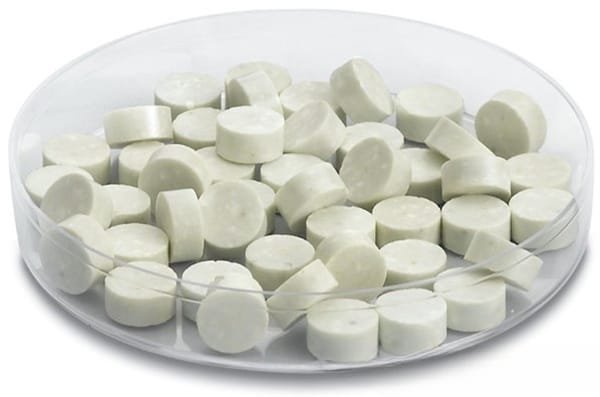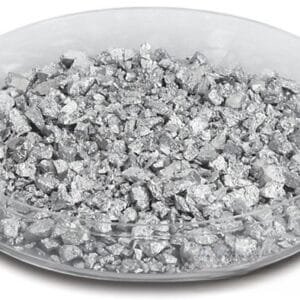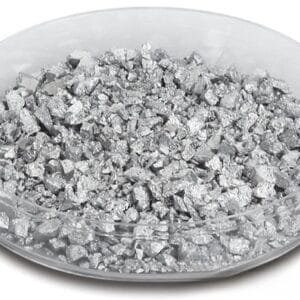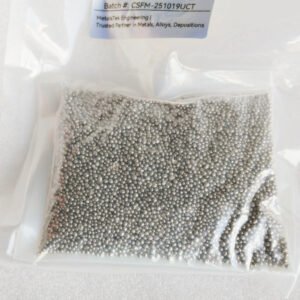TFM offers high-purity terbium(III) fluoride (TbF3) evaporation materials, a key component in achieving superior quality in thin-film deposition processes. Known for their chemical formula TbF3, these fluoride ceramic materials are critical for applications requiring precise and reliable film deposition. With purity levels reaching up to 99.9995%, TFM ensures the highest standard of quality through rigorous quality assurance procedures.
Related Products
- Terbium Evaporation Materials
- Fluoride Ceramic Evaporation Materials
Terbium(III) Fluoride Evaporation Materials Specification
| Material Type | Terbium(III) Fluoride |
| Symbol | TbF3 |
| Appearance/Color | White solid |
| Melting Point | 1172℃ |
| Molar Mass | 215.92 |
| Purity | 99.9% |
| Shape | Powder/ Granule/ Custom-made |
Applications for Terbium(III) Fluoride
Terbium(III) fluoride is used extensively in various deposition processes such as semiconductor deposition, chemical vapor deposition (CVD), and physical vapor deposition (PVD). These materials are particularly valued in optical applications, including wear-resistant coatings, decorative layers, and display technologies.
Packaging and Handling
TFM prioritizes the careful labeling and packaging of terbium(III) fluoride evaporation materials to facilitate easy identification and maintain quality. Measures are in place to protect the materials from damage during storage and transportation.
Contact TFM for Customized Orders
TFM is a leading provider of high-purity terbium(III) fluoride evaporation materials, available in various forms including tablets, granules, rods, and wires. We also offer custom shapes and quantities upon request. Additionally, TFM supplies a range of related products such as evaporation sources, filaments, crucibles, and e-beam crucible liners. For pricing inquiries or information on other materials, please contact us directly.


 MSDS File
MSDS File



Reviews
There are no reviews yet.